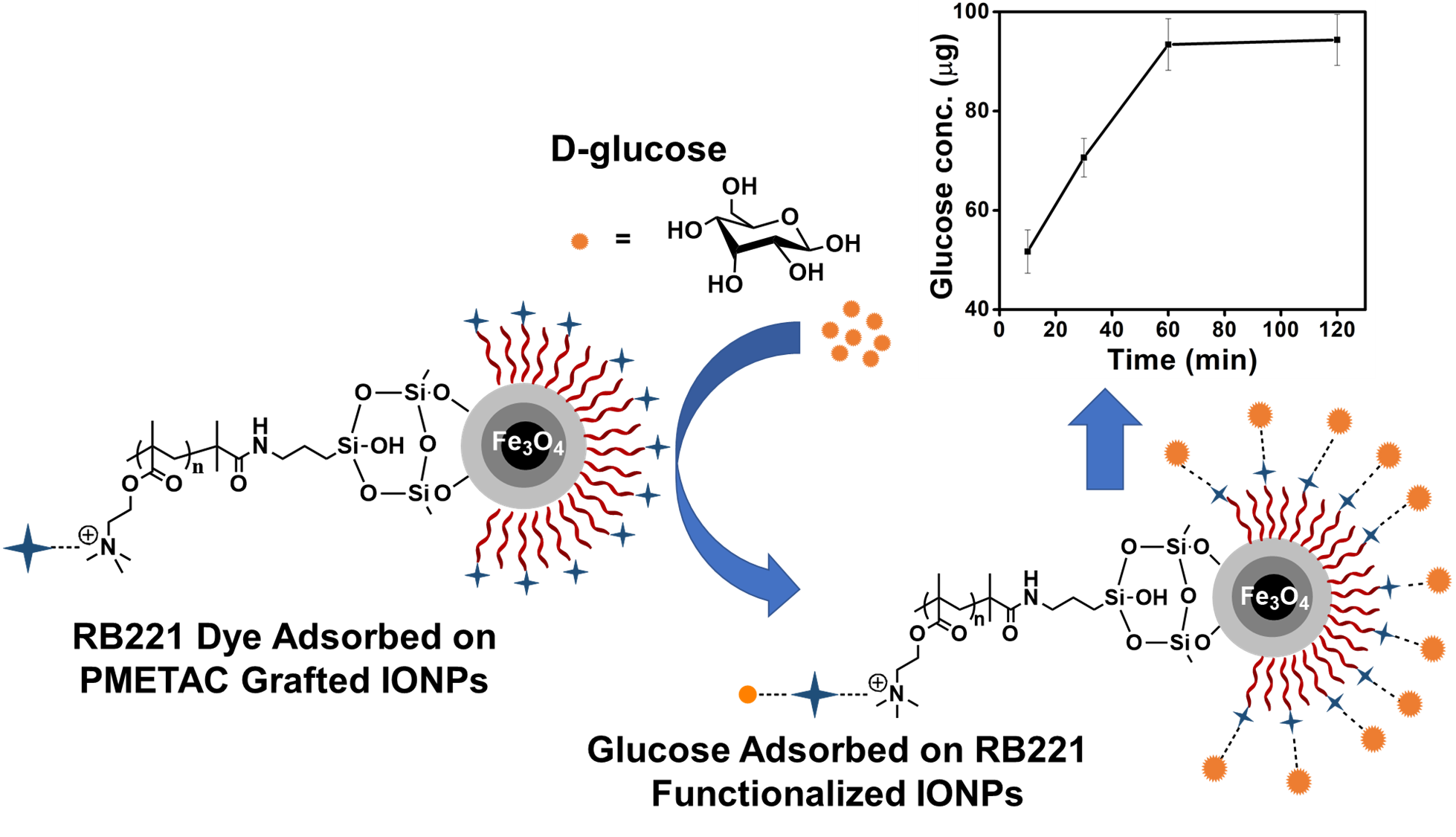
Event date:
May
20
2021
3:00 pm
Magnetic nanoparticles functionalized with cationic polymer brushes/RB221/D-glucose layered construct: A step towards an efficient point of care TB testing
Supervisor
Dr. Basit Yameen
Student
Bakhtawar
Venue
Zoom Meetings (Online)
Event
MS Thesis defense
Abstract
In Pakistan, the Mycobacterium tuberculosis (M. tb) bacterium causes over 0.5 million new tuberculosis (TB) cases every year, including 15,000 cases of drug-resistant TB, accounting for 61% of the TB burden in the WHO Eastern Mediterranean Region. The situation is exacerbated by the several days to weeks that current tests take to diagnose TB. TB, a contagious disease, that mainly infects the lungs. Mycobacterium is characterized by a complex carbohydrate-rich cell wall structure that contains an immunomodulatory molecule glycolipid molecule called lipoarabinomannan (LAM). LAM in urine is considered a valid biomarker for TB diagnosis. TB diagnosis consists of three structural components- namely phosphatidylinositol, mannan, and arabinan core. Mannose moiety is attached to the arabinose domain, which is a surrogate biomarker of LAM. LAM exhibits poor sensitivity in immunocompetent individuals due to the low abundance of an analyte. To date, different sensing techniques have been explored to quantitatively validate the presence of LAM in human urine samples obtained from culture-confirmed TB patients. It is worth mentioning here that - sputum smear microscopy in which bacteria are needed to be cultured followed by their microscopic analysis is the most common method used for TB diagnosis worldwide. Diagnostic accuracy of sputum smear microscopy and routine chest radiology is poor, slow, expensive, and inaccessible in remote areas.
Addressing these challenges, we have developed a magnetic nanoparticle functionalized with cationic polymer brush/RB221/D-glucose construct as a model system and as a step towards an efficient point of care TB testing. The development of the LAM binding construct involves functionalization of magnetic iron oxide nanoparticles (IONPs) with poly(2-methacryloyloxyethyltrimethoxyammoniumchloride) (PMETAC)cationic-polymer brush via grafted from an approach using surface-initiated atom transfer radical polymerization (SI-ATRP). The cationic PMETAC polymer electrostatically binds with anionic RB221 dye. The RB221 dye has been demonstrated to exhibit a high affinity towards carbohydrate components of LAM. For the proof of concept, D-glucose was used as a model carbohydrate system to demonstrate the carbohydrate-binding capacity of the IONPs/PMETAC/RB221 construct. All the surface modification was monitored by FTIR, TGA, SEM, EDX, and elemental mapping, which fully supported the successful synthesis PMETAC grafted of IONPs.The adsorption behavior of RB221 anionic dye on the cationic surface of PMETAC/IONPs was evaluated by studying the effect of adsorbent dosage, solution pH, contact time, and temperature. Langmuir and Freundlich isotherm models were employed to understand the adsorption mechanism. The obtained kinetic data supported pseudo-second-order adsorption behavior. The associated thermodynamic parameters (ΔG°, ΔH°, and ΔS°) revealed the adsorption of RB221 on IONPs/PMETAC is a spontaneous process. Having fully characterized IONPs/PMETAC/RB221 construct in hand, its ability to bind carbohydrates was demonstrated by using D-glucose as a model system. Our preliminary studies revealed that IONPs/PMETAC/RB221 construct possesses a remarkable ability to bind D-glucose in an aqueous solution. In summary, this work has laid a foundation for the development of an efficient TB sensing system that has the potential to evolve as a low-cost, efficient, and reliable point of care (POC) TB testing platform.
Addressing these challenges, we have developed a magnetic nanoparticle functionalized with cationic polymer brush/RB221/D-glucose construct as a model system and as a step towards an efficient point of care TB testing. The development of the LAM binding construct involves functionalization of magnetic iron oxide nanoparticles (IONPs) with poly(2-methacryloyloxyethyltrimethoxyammoniumchloride) (PMETAC)cationic-polymer brush via grafted from an approach using surface-initiated atom transfer radical polymerization (SI-ATRP). The cationic PMETAC polymer electrostatically binds with anionic RB221 dye. The RB221 dye has been demonstrated to exhibit a high affinity towards carbohydrate components of LAM. For the proof of concept, D-glucose was used as a model carbohydrate system to demonstrate the carbohydrate-binding capacity of the IONPs/PMETAC/RB221 construct. All the surface modification was monitored by FTIR, TGA, SEM, EDX, and elemental mapping, which fully supported the successful synthesis PMETAC grafted of IONPs.The adsorption behavior of RB221 anionic dye on the cationic surface of PMETAC/IONPs was evaluated by studying the effect of adsorbent dosage, solution pH, contact time, and temperature. Langmuir and Freundlich isotherm models were employed to understand the adsorption mechanism. The obtained kinetic data supported pseudo-second-order adsorption behavior. The associated thermodynamic parameters (ΔG°, ΔH°, and ΔS°) revealed the adsorption of RB221 on IONPs/PMETAC is a spontaneous process. Having fully characterized IONPs/PMETAC/RB221 construct in hand, its ability to bind carbohydrates was demonstrated by using D-glucose as a model system. Our preliminary studies revealed that IONPs/PMETAC/RB221 construct possesses a remarkable ability to bind D-glucose in an aqueous solution. In summary, this work has laid a foundation for the development of an efficient TB sensing system that has the potential to evolve as a low-cost, efficient, and reliable point of care (POC) TB testing platform.
Join Zoom Meeting: https://lums-edu-pk.zoom.us/j/96859704386?pwd=YlJ0clBoY2tzbG53Y0k5d0o5djVzQT09
Meeting ID: 968 5970 4386
Password: 246428

